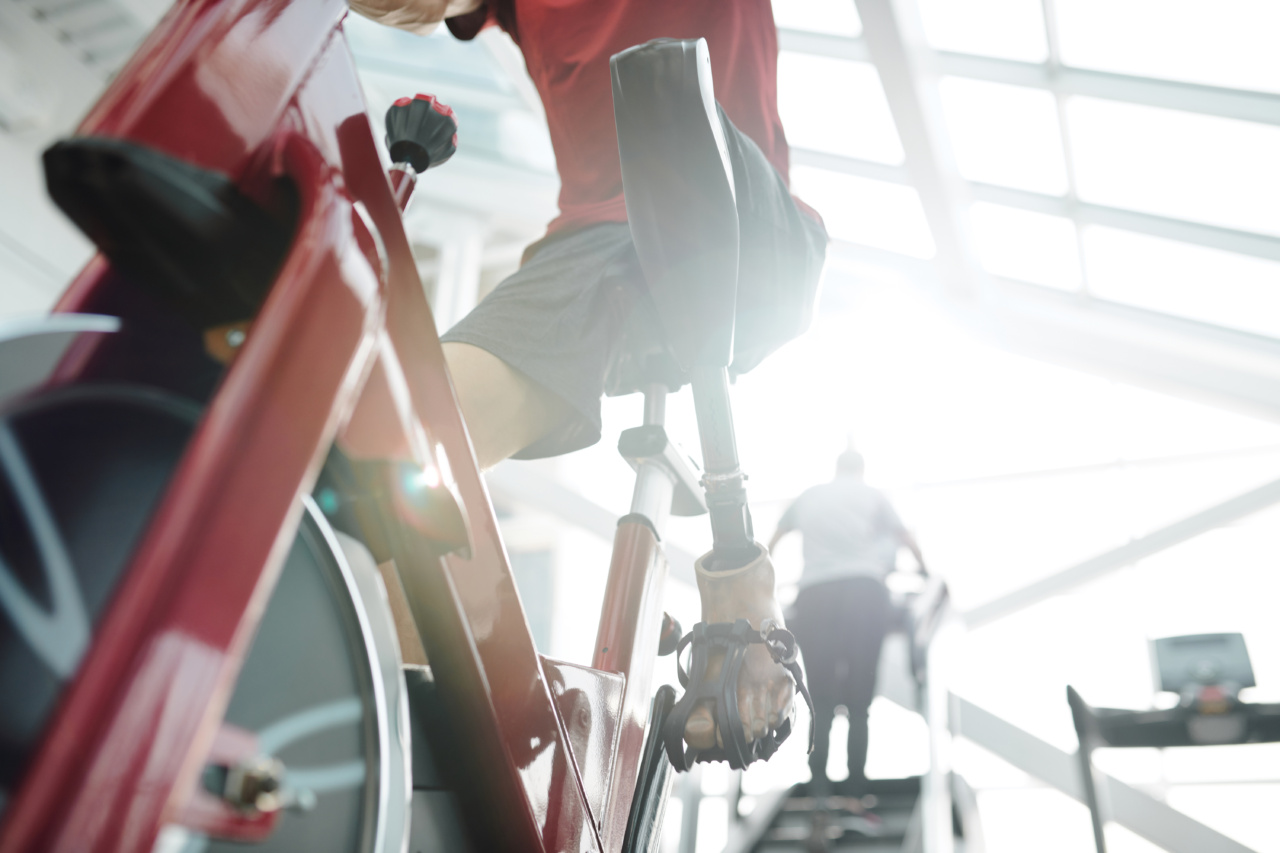Cycling is a popular recreational activity and a mode of transportation for many people across the world. It offers numerous physical and mental health benefits, including improvements in cardiovascular fitness, weight management, and stress reduction.
However, one lesser-known advantage of cycling is its positive impact on erectile health.
Cycling and Erectile Dysfunction
Erectile dysfunction (ED) is a common condition that affects millions of men worldwide. It is characterized by the inability to achieve or maintain an erection sufficient for sexual intercourse.
While there can be various causes for ED, certain lifestyle choices and physical health issues can contribute to its development.
One of the contributing factors to erectile dysfunction is poor blood flow to the penis. This can be caused by conditions like atherosclerosis, which is the hardening and narrowing of arteries due to the accumulation of plaque.
Reduced blood flow to the penis can impede the ability to achieve or sustain an erection.
Regular cycling can help combat this issue by improving cardiovascular health. Cycling is a low-impact aerobic exercise that gets the heart pumping and increases blood circulation throughout the body, including the genital area.
This improved blood flow can enhance the ability to achieve and maintain an erection.
Testosterone Levels and Cycling
Testosterone is a hormone that plays a crucial role in male sexual function, energy levels, and overall well-being. Low testosterone levels can contribute to erectile dysfunction and negatively impact sexual desire.
Engaging in regular cycling can help boost testosterone levels. Research suggests that cycling, especially intense training, can increase testosterone production in men.
This hormonal response can have positive effects on sexual function and may help alleviate symptoms of erectile dysfunction.
Weight Management and Erectile Health
Obesity and overweight are known risk factors for erectile dysfunction. Excess weight can lead to an increased risk of diabetes, high blood pressure, and other conditions that can impair erectile function.
Cycling is an excellent form of exercise for weight management. It is a calorie-burning activity that helps promote weight loss and maintain a healthy body mass index (BMI).
By incorporating cycling into a regular exercise routine, individuals can reduce the risk of obesity-related erectile dysfunction and improve overall sexual health.
Stress Reduction and Sexual Performance
Stress and anxiety can have a significant impact on sexual performance. High-stress levels can lead to decreased libido, difficulties in achieving arousal, and even erectile dysfunction.
Cycling is not only a physical exercise but also an opportunity for mental relaxation. Engaging in cycling outdoors can provide a sense of freedom, promote mindfulness, and reduce stress and anxiety.
Regular cycling helps release endorphins, which are the body’s natural “feel-good” chemicals, promoting a positive mood and reducing stress levels. By reducing stress and anxiety, cycling can indirectly enhance sexual performance and improve erectile health.
Improving Pelvic Floor Muscles
Pelvic floor muscles play a crucial role in sexual function and erectile health. These muscles support the bladder and bowel and are also involved in sexual response.
Cycling provides an excellent workout for the pelvic floor muscles. As cyclists pedal, they engage their core and lower body muscles, including the pelvic floor.
This repetitive contraction and relaxation of the muscles during cycling can help strengthen and tone the pelvic floor over time. Stronger pelvic floor muscles can enhance sexual sensations, improve erectile function, and support overall urinary and bowel control.
Preventing Prostate Issues
The prostate is a small gland located below the bladder that produces semen. Prostate issues, such as benign prostatic hyperplasia (BPH) and prostate cancer, become more common as men age.
Regular cycling has been associated with a lower risk of prostate issues. Research suggests that cycling can help reduce the risk of developing BPH and may even have a protective effect against prostate cancer.
By incorporating cycling into a regular exercise routine, men can support the health of their prostate and potentially reduce the risk of related erectile issues.
Precautions for Cyclists
While cycling offers numerous benefits for erectile health, it is essential to take precautions to avoid potential risks:.
- Invest in a comfortable saddle: Choosing a proper saddle that fits well and supports the sit bones can help prevent genital numbness, tingling, and erectile issues.
- Wear padded shorts: Padded cycling shorts provide cushioning and reduce pressure on the perineal area, minimizing the risk of nerve compression and erectile dysfunction.
- Take regular breaks: Prolonged pressure on the perineum can lead to temporary numbness or more severe issues. Take breaks during long rides to allow blood flow to the genital area and prevent potential complications.
- Ensure proper bike fit: Improper bike fit can lead to poor posture and increased pressure on the perineal area. Consult with a professional bike fitter to ensure the bike is adjusted correctly for your body and riding style.
In Conclusion
Cycling offers a range of benefits for overall physical and mental health, including the improvement of erectile function.
By promoting cardiovascular fitness, boosting testosterone levels, aiding in weight management, reducing stress, and strengthening pelvic floor muscles, cycling can contribute to a healthy and satisfying sex life. However, it is crucial to take precautions and care to prevent any potential risks related to cycling, such as genital numbness or tingling.
Consult with a healthcare professional if you have any concerns regarding your sexual health or erectile function.































